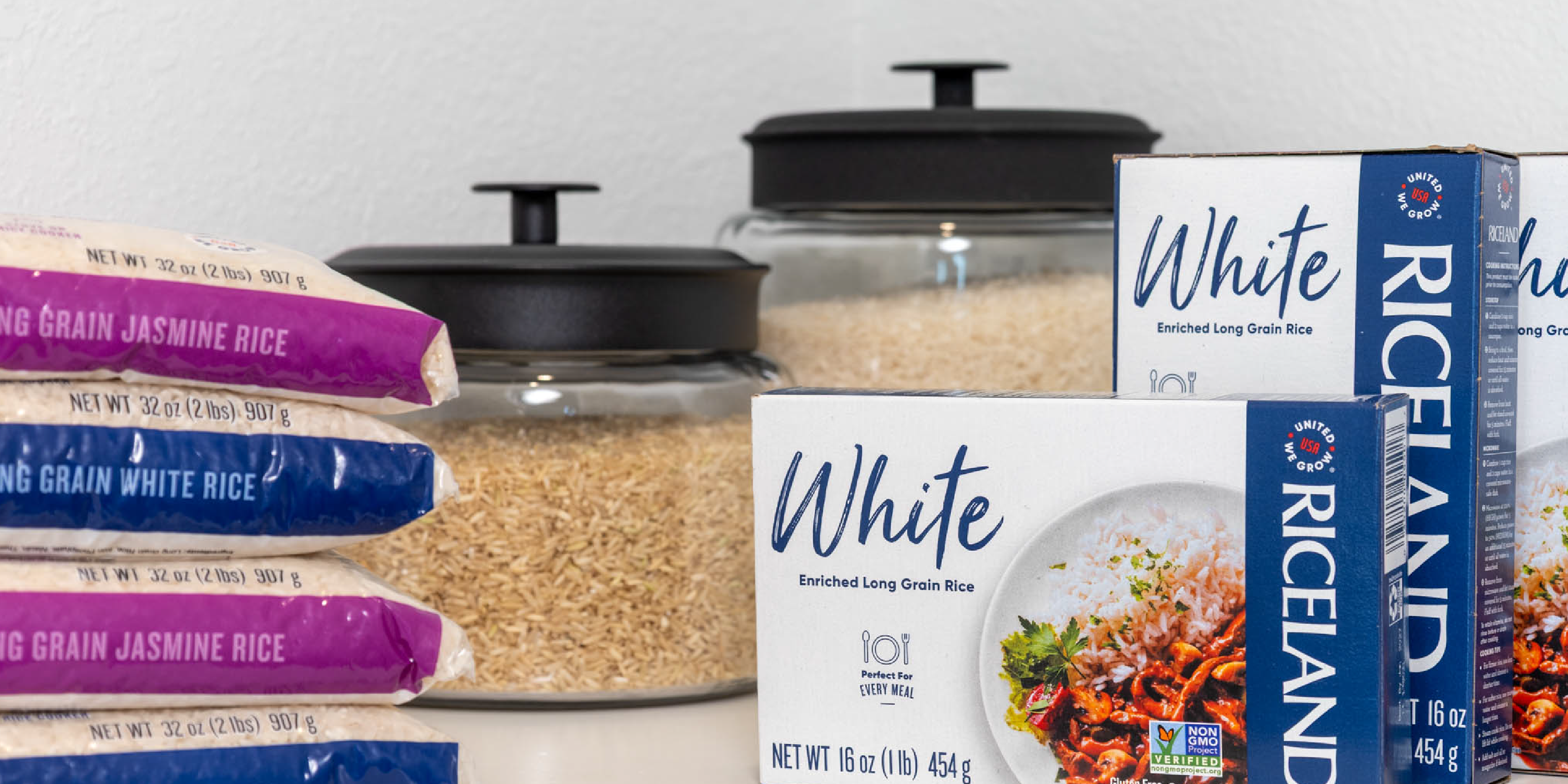Helping Shoppers Choose the Right Rice for Their Needs
When shoppers browse the rice aisle, they’re often met with various choices—long grain, jasmine, basmati, brown rice, and more. For some, selecting the proper rice can be overwhelming, leading to indecision or a default purchase. As a retailer, educating customers on rice differences can enhance their shopping experience, increase confidence in their purchase decisions, and ultimately drive repeat sales.
Here’s how you can help your customers choose the best rice for their needs:
1. Understand the Basics: Key Rice Varieties & Their Uses
Long Grain Rice
- Characteristics: Light, fluffy, and separate when cooked.
- Best For: Everyday meals, stir-fries, casseroles, pilafs, and side dishes.
- Sales Tip: Highlight its versatility as a pantry staple and affordability for families.
Jasmine Rice
- Characteristics: Fragrant, slightly sticky, and soft when cooked.
- Best For: Southeast Asian and Thai dishes, curries, and grilled meats.
- Sales Tip: Position it as a flavorful upgrade for customers who want an aromatic experience.
Brown Rice
- Characteristics: Chewy, nutty, and rich in fiber.
- Best For: Health-conscious consumers, grain bowls, and whole-food meals.
- Sales Tip: Emphasize its nutritional benefits and longer cooking time (offering quick-cook options when available).
Parboiled Rice
- Characteristics: Firm, less sticky, and retains more nutrients than regular white rice.
- Best For: Large batch cooking, restaurants, soups, casseroles, and meal prepping.
- Sales Tip: Position it as a time-saver for busy families and foodservice customers.
2. Use Signage & Shelf Talkers to Educate Shoppers
In-store signage is a powerful tool to communicate key rice differences. Consider:
- Comparison charts on shelves highlighting texture, aroma, and best uses.
- Recipe suggestions next to each rice type to inspire shoppers.
- Callouts on packaging (e.g., “Best for stir-fries” or “Perfect for curries”) to help with decision-making.
3. Train Store Associates to Be Rice Experts
Your team can be a valuable resource for customers who have questions about rice.
- Hold a quick staff training session on rice varieties and their best uses.
- Encourage employees to ask customers about their cooking plans and recommend the right rice type.
- Provide simple talking points to help staff likeAmerican grown rice and family-farmer owned.
4. Leverage Digital & Social Channels to Educate Consumers
Many shoppers research products before purchasing. Engage them online by:
- Posting rice recipes featuring different varieties on social media.
- Sharing cooking tips & tricks in your store’s digital newsletter.
- Using QR codes on rice packaging or signage that link to educational videos.
5. Cross-Merchandise to Drive Sales & Convenience
Shoppers love easy meal solutions. Create end caps orin-aisle pairings with:
- 🍛 Rice + spice blends for quick seasoning solutions.
- 🥩 Rice + proteins like beans or chicken.
- 🥢 Rice + international sauces for an easy cultural cooking experience.
Why It Matters
Educating your customers creates a more informed, confident shopper who is likely to return and explore more of your rice offerings. With simple strategies like signage, staff training, and digital engagement, you can turn confusion into clarity and make Riceland rice a top choice in every cart.
For more insights on merchandising and consumer education strategies, contact your Riceland sales representative today!






